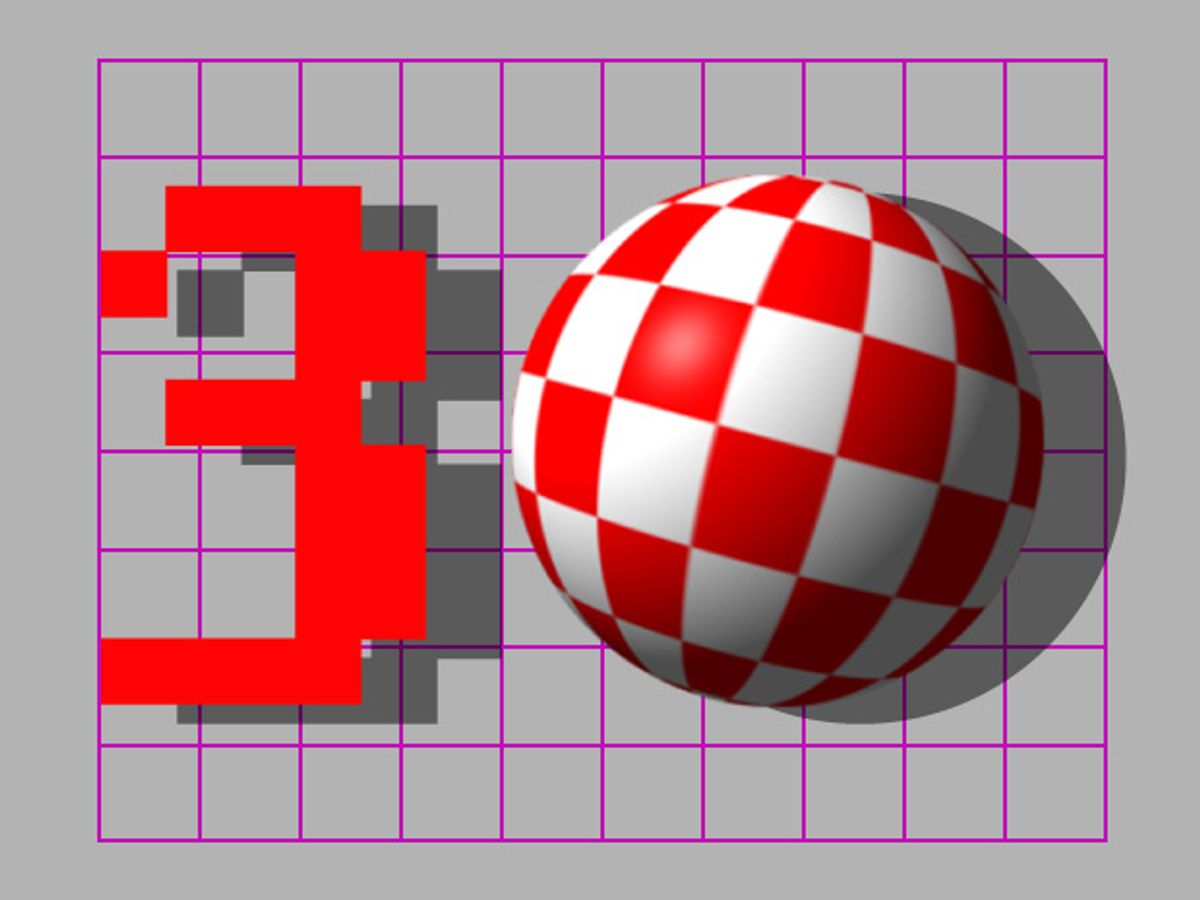The story of the Amiga computer is one of those classic Silicon Valley tales: a group of engineers sees a path open up to a technological future they are eager to explore, but the management at their current company isn’t interested in changing direction. So they go off on their own, passionate about their project. They may not always succeed commercially, but their technical achievements impress, and point the way for others.
The Amiga launched in July 1985 at Lincoln Center in New York City, with Andy Warhol demonstrating the machine’s capabilities by painting a digital picture of singer Debbie Harry. Its original developers, led by Jay Miner, came out of Atari. They wanted to advance home video game hardware by harnessing the power of the then-new Motorola MC68000 microprocessor, and Atari had said no. They started a company, initially called Hi-Toro and later renamed Amiga, to do it anyway. They built a powerful machine that produced amazing graphics and drew passionate fans.
They didn’t change the world—even though their product undercut the prices and bested the performance of competing Apple and IBM computers. Amiga never became a mainstream platform in the U.S., though, for a time, it did well as a game machine in Europe. Their lasting contribution to the world of computing may have been spurring the competition to add multimedia features to their home computers. Eventually, the impressive graphics that wowed people at the Amiga’s introduction became commonplace.
This month, the Amiga celebrates its 30th anniversary. And I’m among the fans thinking back fondly on its origins. For me, it’s not because the technology changed the path of computing history. It’s because Jay, and the Amiga, sparked a change in my personal path.
Paul Wallich, a fellow Spectrum editor back in the 1980s, and I met Jay while working on a 1983 article about Atari’s first home game machine, the VCS. We both started spending some of our off-hours during Silicon Valley business trips with Jay. We became enamored with the energy and the people of Silicon Valley, and Jay and the Amiga were a big part of that.
In early 1986, shortly after the Amiga’s launch, Jay provided what turned out to be the final push to get me to relocate from New York to Silicon Valley: he held a small birthday dinner for me—on a boat, in the San Francisco Bay—and gave me a music box that played “I left my heart in San Francisco.” That gesture made it hard to even think about going back to New York’s grey and slushy winter.
Paul contemplated leaving journalism altogether to join the Amiga team. Though he ultimately turned down a job offer, he did buy one of the early Amigas at an employee discount. These days, his 10-year-old son plays with an Amiga emulator running on a Raspberry Pi.
Paul and I didn’t write about the Amiga’s development in the 80s, I don’t think we knew quite how significant it would be. But Paul did cover it 15 years later, in Amiga: The Computer That Wouldn’t Die. Here’s what he wrote then:
From the day it was introduced in 1985, high-quality animated graphics and easy manipulation of video signals were part of the Amiga's repertoire, and those features continue to find work for it. The custom video circuitry could manipulate images anywhere from two to 40 times as fast as other personal computers of the time. In addition, the Amiga's combination of a graphical, menu-based user interface with command-line scripting and multitasking operating system was an advantage that put the company almost 10 years ahead of its competition.
It was business, rather than technical issues that prevented the Amiga from taking off. The rights to its technology changed owners five times; two of those times involved corporate bankruptcies. But those who did purchase this US $1200 PC tended to fall in love with it—passionately, deeply, perhaps insanely. And they had good reason. In 2006, PC World rated the Amiga 1000 (the first model)—“the world's first multimedia, multitasking personal computer"—as the 7th-greatest PC of all time.
The 30th-anniversary celebrations by Amiga fans and Amiga’s creators are happening around the world. There was an event in Amsterdam in June; there will be a VIP dinner in the United Kingdom in August.
And starting tomorrow, there will be a conference in Mountain View, Calif., near Amiga’s original home in Santa Clara. (More on that conference next week.)
Tekla S. Perry is a senior editor at IEEE Spectrum. Based in Palo Alto, Calif., she's been covering the people, companies, and technology that make Silicon Valley a special place for more than 40 years. An IEEE member, she holds a bachelor's degree in journalism from Michigan State University.



